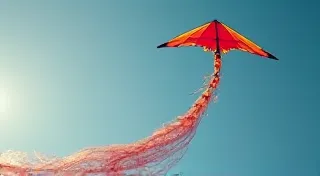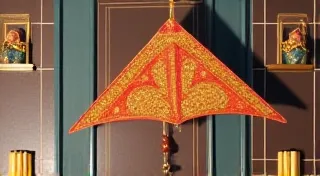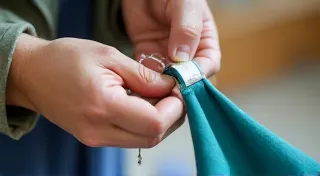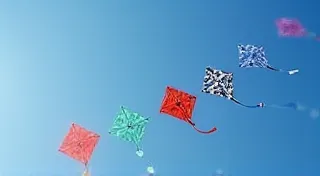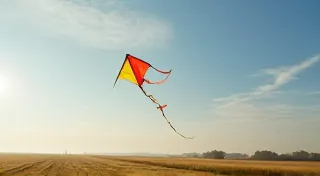Advanced Spar Construction Techniques: Bamboo, Fiberglass, and Carbon Fiber
Building a custom kite involves more than just beautiful sail material; the spar, the backbone of the kite, is crucial for performance and durability. While basic kite spars can be made from simple wood dowels, advanced builders often turn to materials like bamboo, fiberglass, and carbon fiber to achieve superior strength, flexibility, and reduced weight. This article will explore advanced techniques for constructing spars using each of these materials.
Bamboo Spars: Strength from Nature
Bamboo is an age-old material for kite spars, prized for its incredible strength-to-weight ratio. Selecting the right bamboo is key. Look for thick-walled, mature culms – the thicker the wall, the stronger the spar. Moso bamboo is a popular choice, but other varieties can work as well.
Preparing Bamboo for Spars
Bamboo requires careful preparation to prevent cracking and splitting. This includes:
- Curing: Properly cured bamboo will be significantly stronger and more stable. This can take weeks or even months, depending on climate. Proper curing prevents warping and shrinking.
- Straightening: Bamboo often has natural curves. Heat (carefully applied with a heat gun) and a jig can be used to straighten the culm.
- Flattening: Sometimes, the bamboo needs to be flattened to provide a better surface for sail attachment.
- Sealing: Applying a sealant (like epoxy resin or varnish) to the bamboo can prevent moisture absorption and protect it from UV damage.
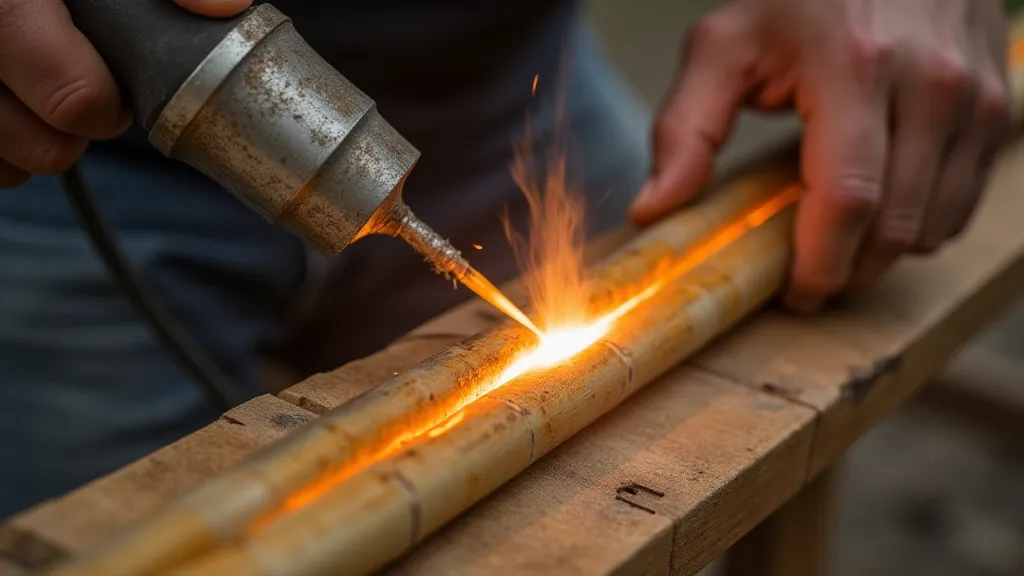
Advanced Bamboo Spar Construction
For larger kites or those requiring exceptional performance, consider these techniques:
- Tapering: Tapering the bamboo spar reduces weight while maintaining strength. This is particularly important for longer spars.
- Segmenting: Larger kites sometimes use segmented bamboo spars – shorter sections joined together. Careful alignment and strong joints are vital.
- Reinforcing with Resin: Wrapping the bamboo with fiberglass cloth and epoxy resin can increase its stiffness and impact resistance.
Fiberglass Spars: A Versatile Option
Fiberglass offers a good balance of strength, flexibility, and cost. It's generally easier to work with than carbon fiber, making it an excellent choice for intermediate kite builders.
Fiberglass Spar Construction
Fiberglass spars are typically created by layering fiberglass cloth and resin. The number of layers and the type of cloth used will affect the spar’s strength and stiffness.

Tips for Fiberglass Spars
- Mold Use: A mold is highly recommended for creating perfectly straight and consistent fiberglass spars.
- Resin Choice: Epoxy resin is generally preferred over polyester resin due to its greater strength and adhesion.
- Vacuum Bagging: Vacuum bagging removes air bubbles and ensures complete resin saturation, creating a stronger, more reliable spar.
- Curing Time: Allow the resin to fully cure according to the manufacturer's instructions.
Carbon Fiber Spars: The Ultimate in Performance
Carbon fiber is the gold standard for kite spars, offering the highest strength-to-weight ratio. It's more expensive and requires more specialized techniques to work with, but the performance gains are significant.
Carbon Fiber Spar Construction
Carbon fiber spar construction is similar to fiberglass, using layers of carbon fiber cloth and resin. However, carbon fiber is more brittle and can easily crack if not handled carefully.

Carbon Fiber Considerations
- Expertise Required: Carbon fiber construction demands a higher level of skill and attention to detail.
- Resin Choice is Critical: A high-quality epoxy resin specifically designed for carbon fiber is essential.
- Careful Handling: Carbon fiber is easily damaged, so handle it with care throughout the construction process.
- Controlled Environment: Temperature and humidity can affect resin curing, so aim for a controlled environment.
Conclusion
Choosing the right material and employing advanced construction techniques can dramatically improve the performance and longevity of your custom kites. While bamboo offers a natural and readily available option, fiberglass and carbon fiber offer superior strength and weight characteristics for those seeking ultimate performance. Experimentation and practice are key to mastering these techniques and creating truly exceptional kite spars.
